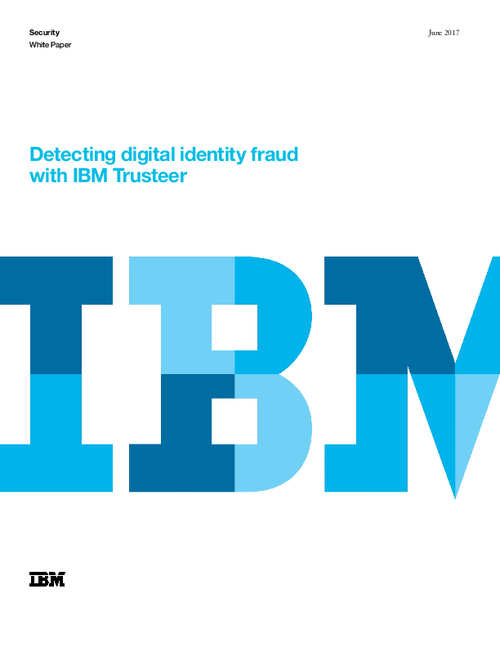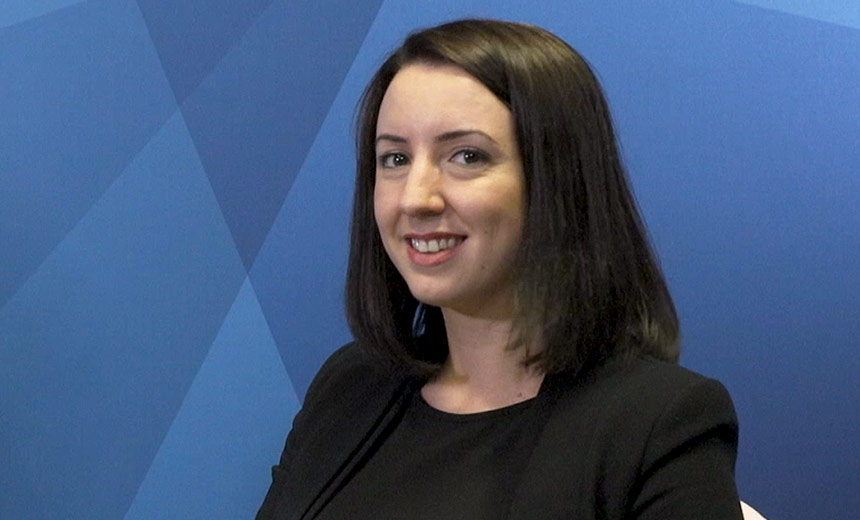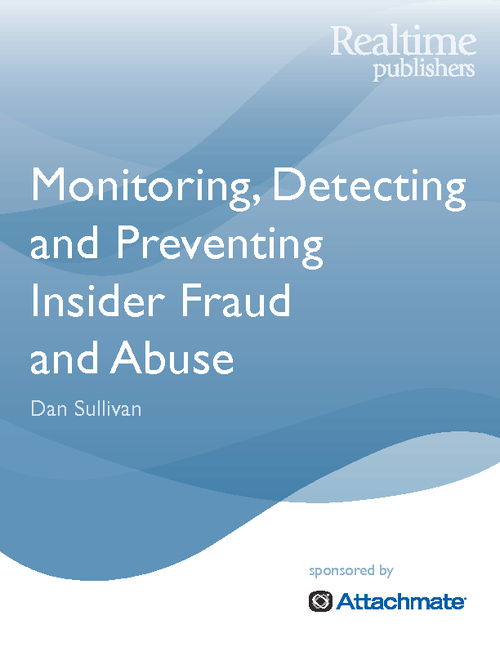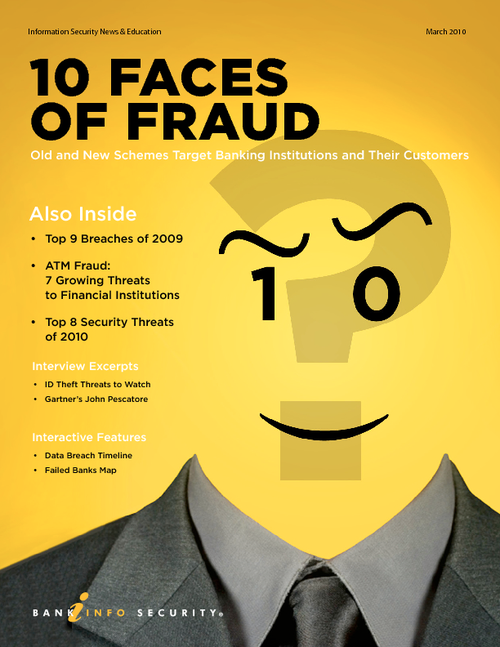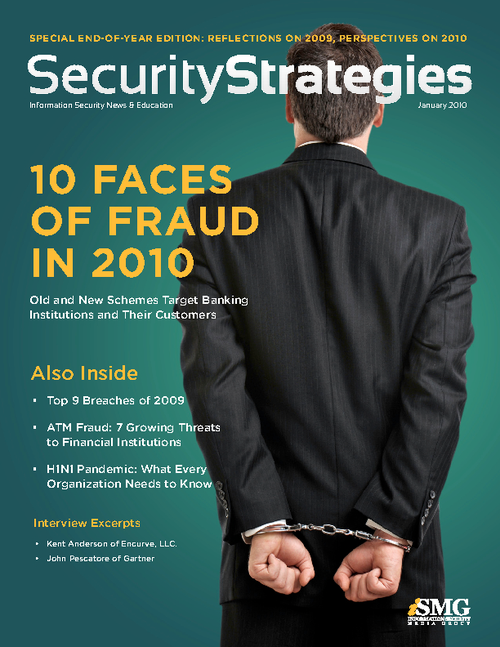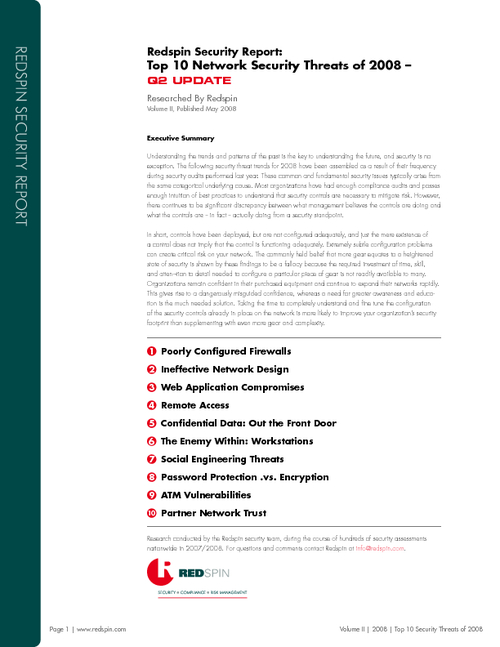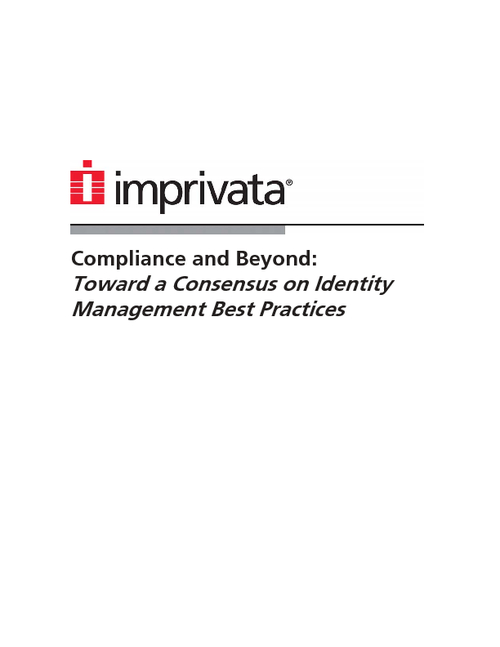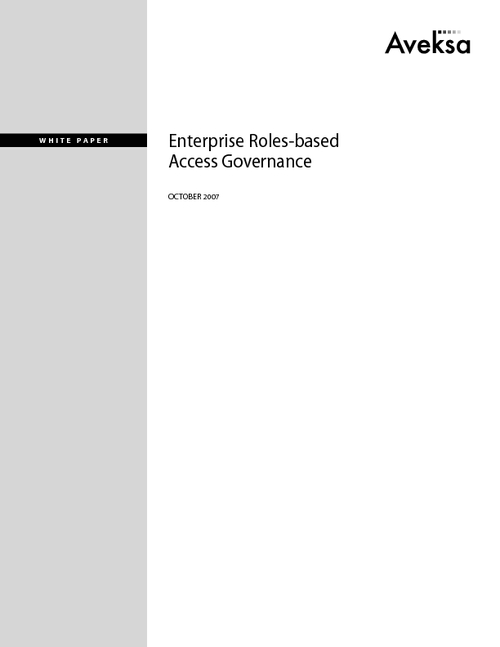SEC: Goldman Sachs Committed Fraud
Analyst: 'Could Be the End of Goldman'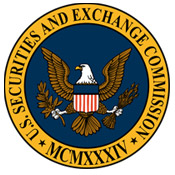
The SEC in a civil complaint alleges Goldman structured and marketed a synthetic collateralized debt obligation (CDO) tied to the performance of subprime residential mortgage-backed securities (RMBS). The SEC states the brokerage firm "failed to disclose to investors vital information about the CDO," including that a major hedge fund played a role in the portfolio selection process, and that the hedge fund had taken a short position against the CDO. A vice president in charge of the offering, Fabrice Tourre, was also charged in the complaint.
'Could Be End of Goldman'
This civil complaint could be an extremely big story for the industry, says Peter Vinella, managing director at consultancy LECG. Vinella worked in the financial services industry for more than 20 years before joining LECG, and dealt with Goldman Sachs as a business customer.
"Even if it is one rogue vice president, this could destroy Goldman's credibility in the industry," Vinella warns. "With a billion dollars lost in CDOs, it is significant. But if it was systemic, it could be the end of Goldman."
The SEC alleges that billionaire John Paulson's Paulson & Co., one of the world's largest hedge funds, paid Goldman to structure that portfolio so that it was doomed to fail -- and then bet against it. Paulson was not named in the SEC complaint.
The SEC alleges that Goldman Sachs Vice President Tourre was principally responsible for ABACUS 2007-AC1, which was the CDO's title. Tourre structured the transaction, prepared the marketing materials and communicated directly with investors. Tourre allegedly knew of Paulson & Co.'s undisclosed short interest and role in the collateral selection process. In addition, he misled ACA into believing that Paulson & Co. invested approximately $200 million in the equity of ABACUS, indicating that Paulson & Co.'s interests in the collateral selection process were closely aligned with ACA's interests. In reality, however, their interests were sharply conflicting.
The SEC says the deal closed on April 26, 2007, and Paulson & Co. paid Goldman Sachs approximately $15 million for structuring and marketing ABACUS. By Oct. 24, 2007, 83 percent of the RMBS in the ABACUS portfolio had been downgraded, and 17 percent was on negative watch. By Jan. 29, 2008, 99 percent of the portfolio had been downgraded. Investors in the liabilities of ABACUS are alleged to have lost more than $1 billion.
Goldman Strikes Back
Goldman Sachs defended itself saying it didn't intentionally "bet against" securities in the mortgage market during the financial crisis, and that it didn't bet against its clients. In a statement the firm says, "We are disappointed that the SEC would bring this action related to a single transaction in the face of an extensive record which establishes that the accusations are unfounded in law and fact.
It further defends its stand in the press release saying the SEC missed four points not made in its complaint, that Goldman lost money on the transaction; Goldman gave extensive disclosure; ACA, the largest investor, selected the portfolio; and the fact that Goldman never told ACA that Paulson was going to be a long investor.
'Wait For Facts of Case'
One financial services industry analyst says while the SEC charge is serious, he will wait to see how case unfolds. John Jay, senior analyst at Aite Group, a Massachusetts-based research firm, says "A lot will come down to the actual facts and how information was relayed."
If it can be shown there was a plan to deceive, "Then there is a case," Jay says, "because deception is deception, no matter how sophisticated an investor is."
Jay sees this case's effect will as a wakeup call to other brokerage banks that "the SEC is keeping an eye on them."
Transparency of the markets has been sorely lacking, says Vinella. "Without transparency, people will not want to do business with you. They want to have transparency of what they're buying and selling," he says. If the charges really have truth behind them, the case will change the way Wall Street does deals, he adds.
As for advice he'd offer Goldman executives on how to handle the publicity that has come with this indictment, Vinella says that they could learn from the Drexel Burnham Lambert insider scandal of the 1980s. "Even if you're right, public impressions are more lasting," he says. "Don't try to fight it, get in front of it. If it was one guy, get it out there, and tell everyone how he was able to do it."


